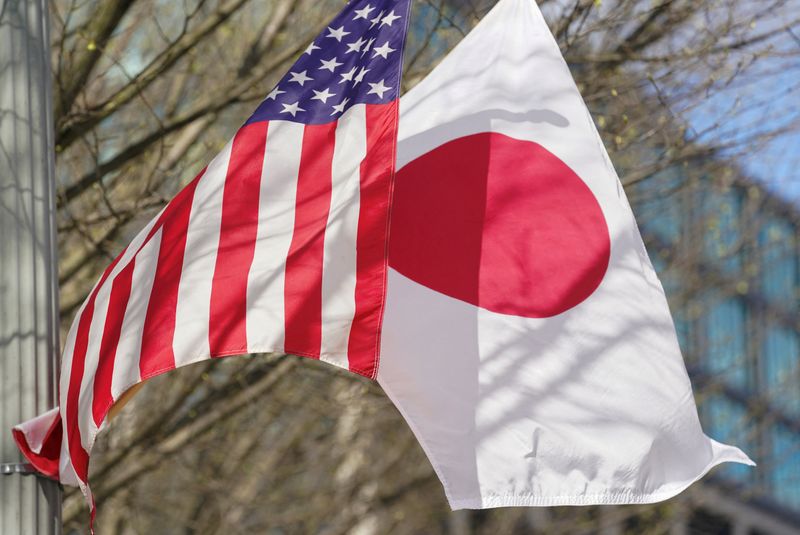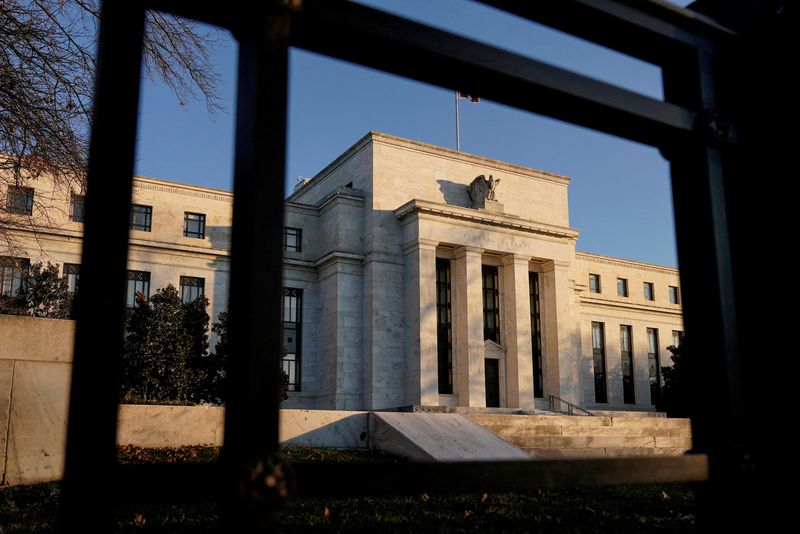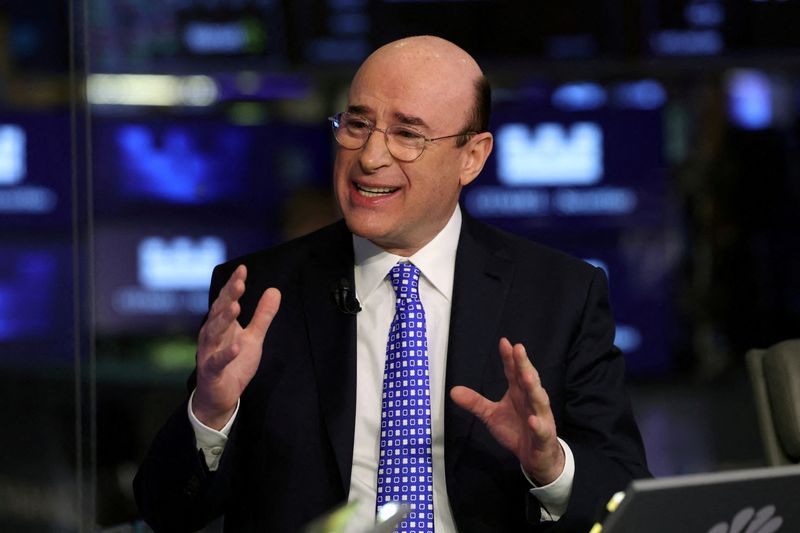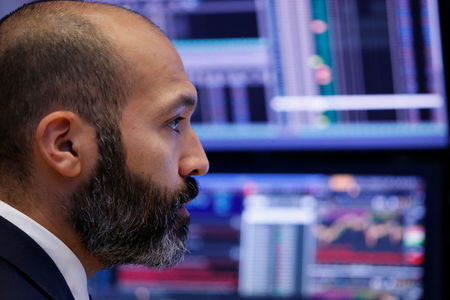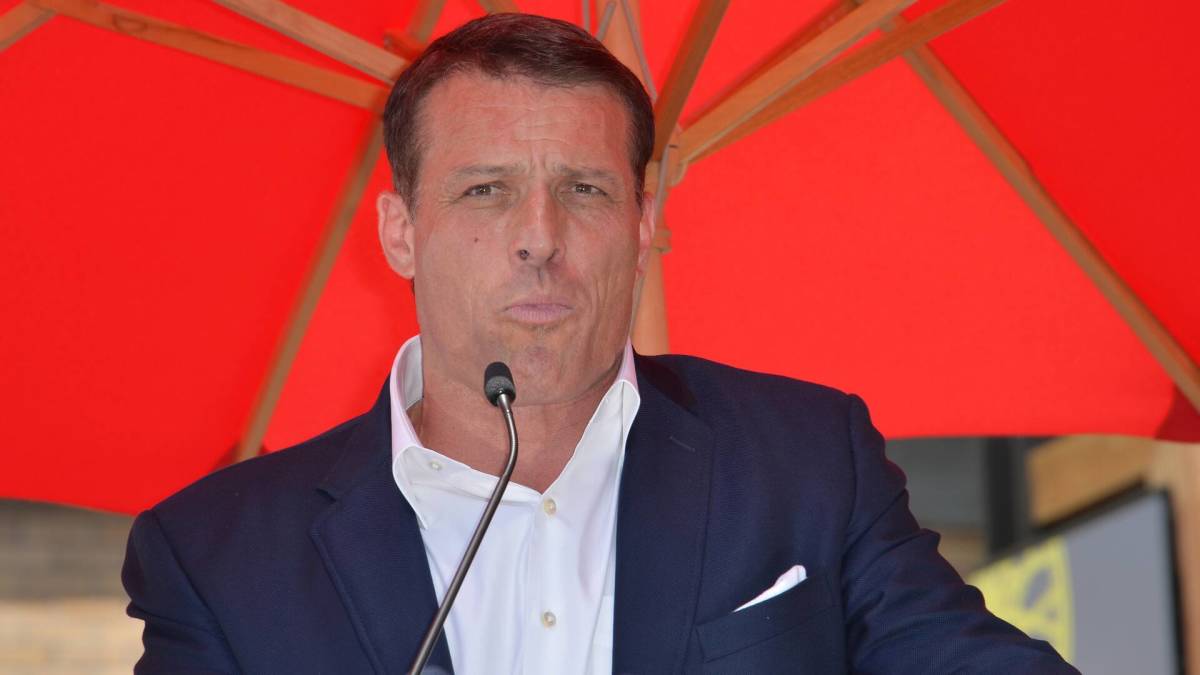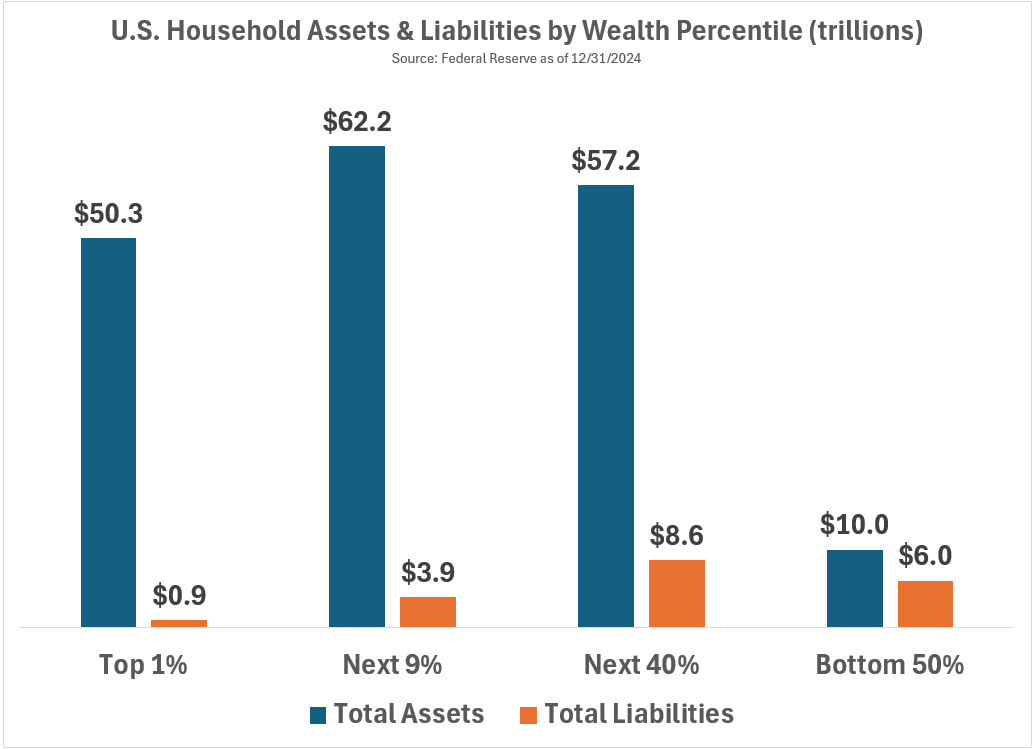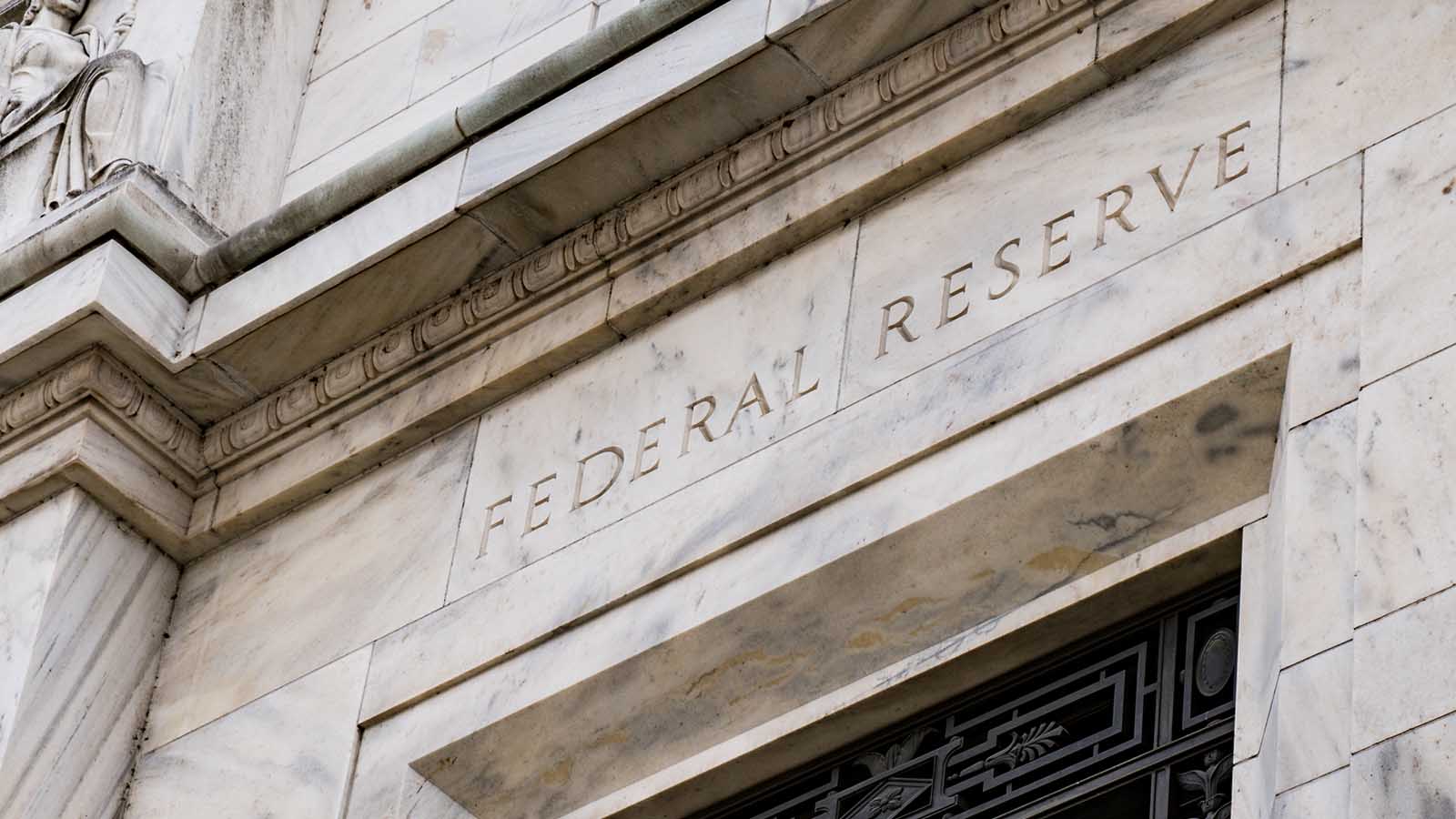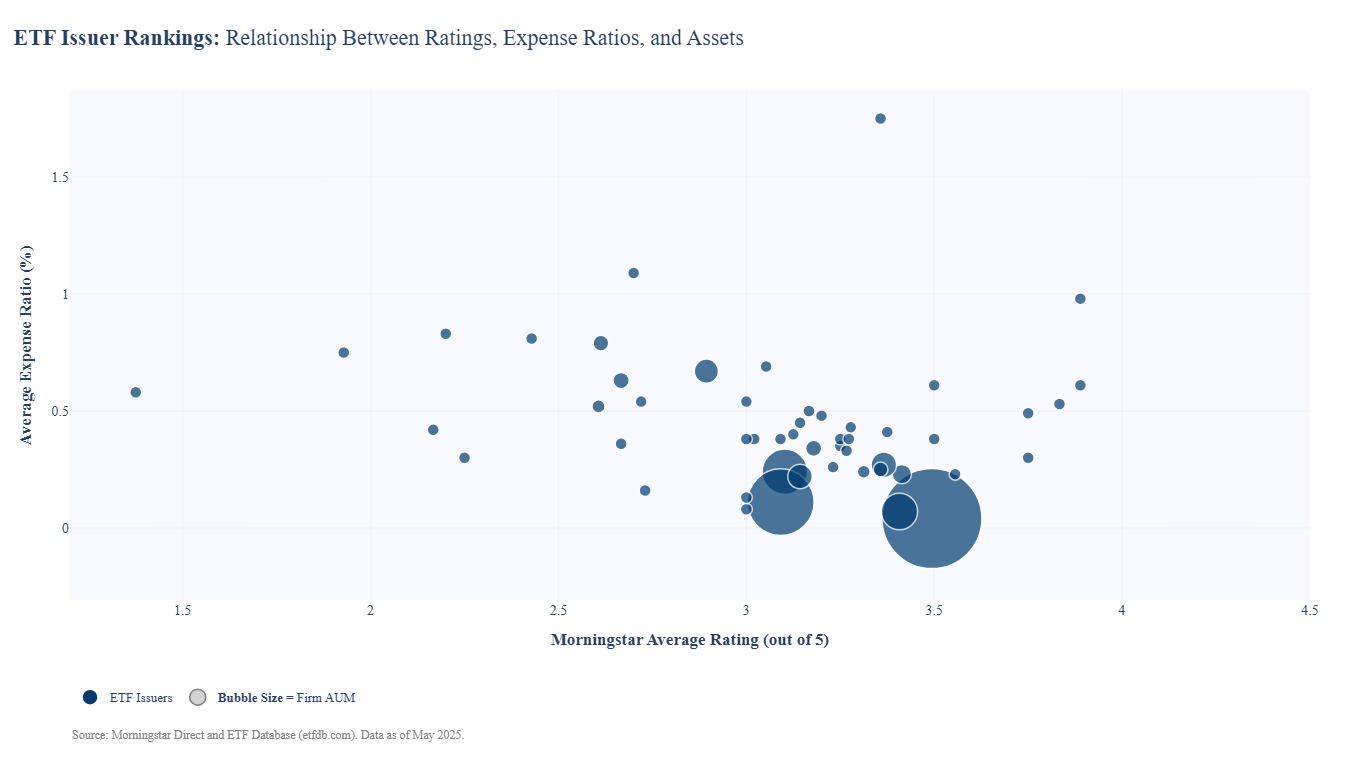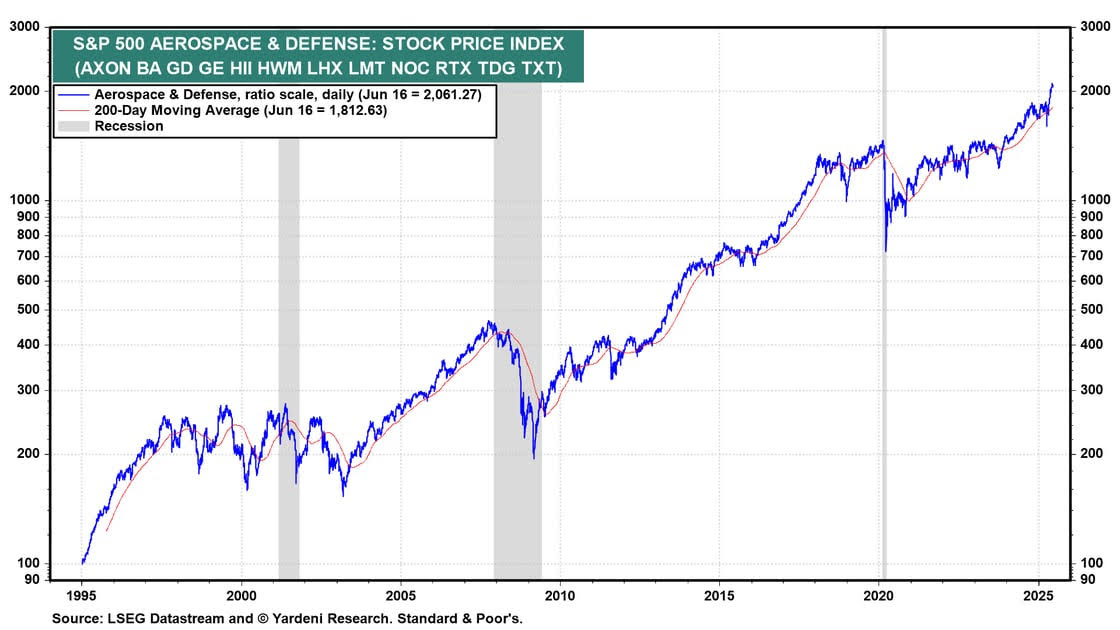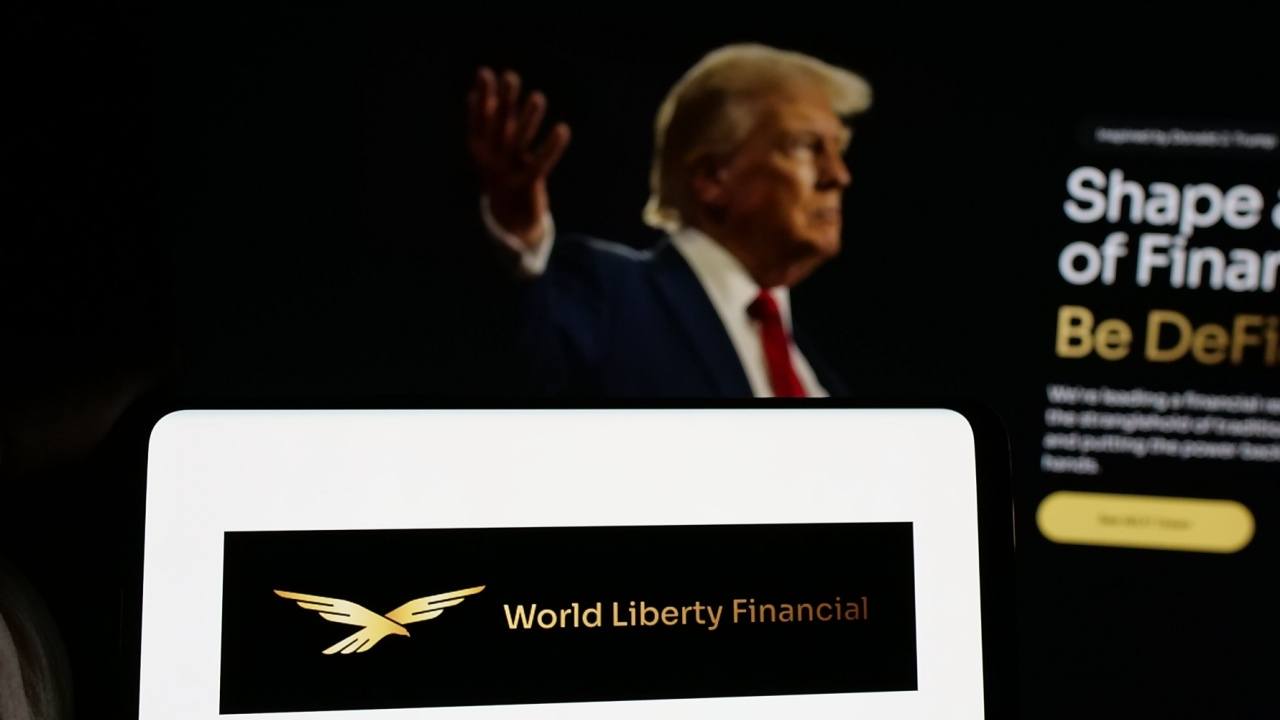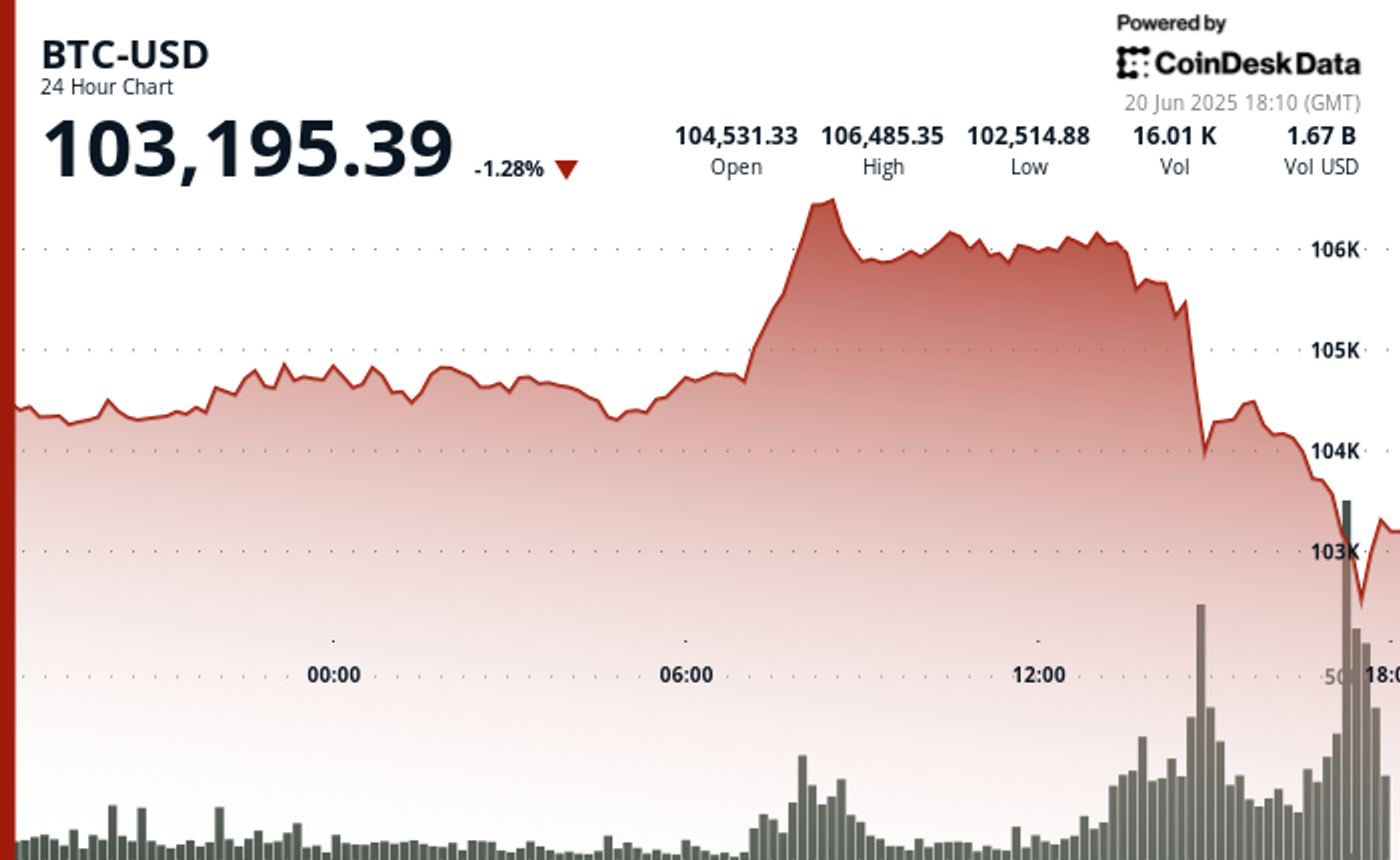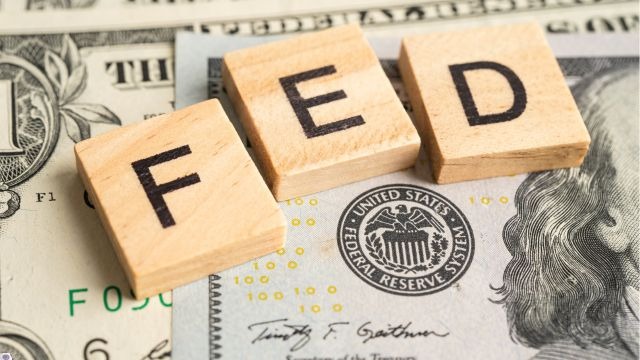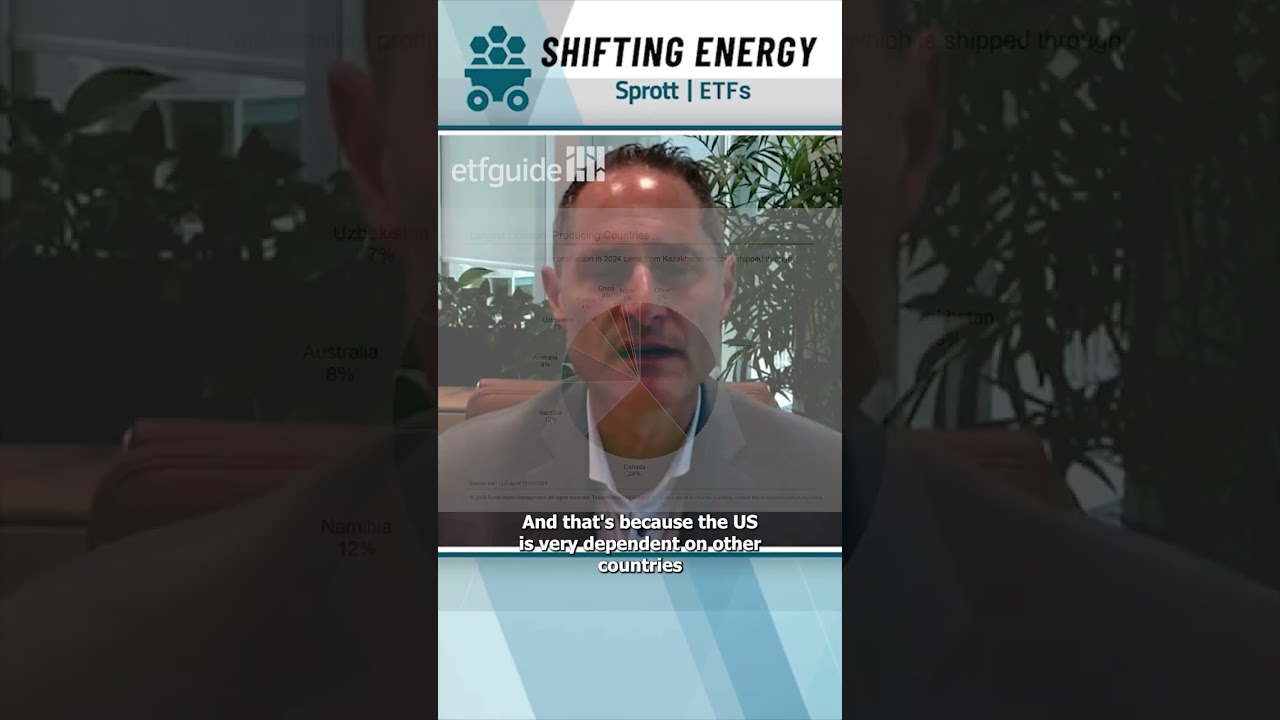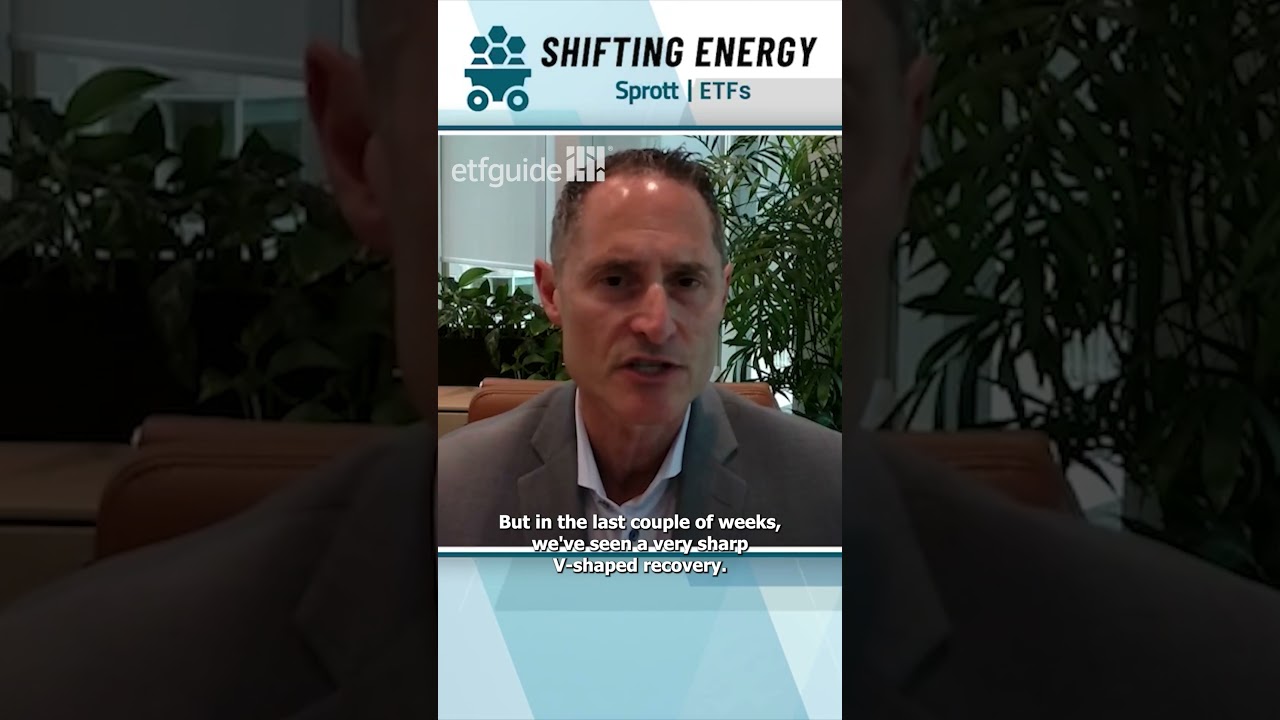Markets flatline amid Trump’s delay on Iran and potential Fed cuts in July
The White House said Thursday evening that President Donald Trump would decide on whether he’d strike Iran within two weeks.

- The S&P 500 dipped 0.2% on Friday as investors waited on President Donald Trump’s next move on Iran and a possible rate cut from the Federal Reserve in July.
Markets closed off a lackluster week as the major stock indices either slightly dipped or remained flat on Friday. The S&P 500 posted a daily drop of 0.2% and a weekly decline of 1.3%. The Nasdaq dropped 0.5%, and the Dow Jones was essentially flat with a daily gain of 0.1%.
The end of the short trading week—U.S. markets were closed on Thursday in observance of Juneteenth—came as the White House said Thursday evening that President Donald Trump would decide within two weeks whether to strike Iran. The commander-in-chief had been weighing military action after Israel, a key U.S. ally in the Middle East, began trading missile and drone strikes with the Islamic Republic last Thursday.
“We know exactly where the so-called ‘Supreme Leader’ is hiding,” Trump posted on social media on Wednesday, referring to Iran’s Ayatollah Ali Khamenei. “He is an easy target, but is safe there – We are not going to take him out (kill!), at least not for now.”
A potential U.S. entrance into the conflict between Israel and Iran could heighten tensions in the region and further disrupt oil trade. Oil prices fell on Friday, in a likely sign that traders were relieved that Trump decided to delay conflict with Iran for two weeks.
“That means two weeks of uncertainty for financial markets, but investors are still inclined to see the Middle East conflict as a local, not a global, economic issue,” Paul Donovan, chief economist of UBS Global Wealth Management, said in a Friday analyst note.
Meanwhile, Christopher Waller, a member of the Federal Reserve Board of Governors, said Friday that the U.S. central bank may cut interest rates as early as July. “That would be my view, whether the committee would go along with it or not,” Walker said in an interview with CNBC.
On Wednesday, the Fed decided to hold interest rates steady for its fourth meeting in a row. Meanwhile, Trump has pushed for interest rate cuts since he took office in January. “Uncertainty about the economic outlook has diminished but remains elevated,” wrote the Fed in a Wednesday statement.
While the central bank struck a cautiously optimistic approach to the U.S. economy, some analysts were more pessimistic.
“The slump in single-family construction is deepening, another headwind to activity and employment,” wrote Samuel Tombs and Oliver Allen, economists for Pantheon Macroeconomics, in a Friday research note.
This story was originally featured on Fortune.com






